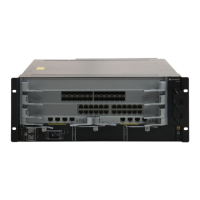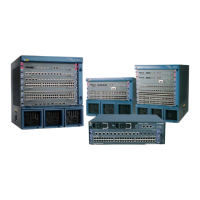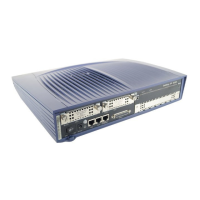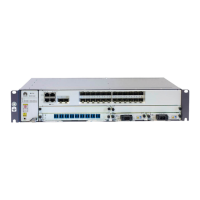CAUTION
A Huawei datacom device is in MSTP mode by default. After a device experiences the
transition from the MSTP mode to the STP mode, an STP-capable port supports the same
port states as those supported by an MSTP-capable port, including the Forwarding,
Learning, and Discarding states. For details, see Table 8-2.
l Three timers
– Hello Timer
Sets the interval at which BPDUs are sent.
– Forward Delay Timer
Sets the time spent in the Listening and Learning states.
– Max Age
Sets the maximum lifetime of a BPDU on the network. When the Max Age time expires,
the connection to the root bridge fails.
Comparison between STP, RSTP, and MSTP
Table 8-3 shows the comparison between STP, RSTP, and MSTP.
Table 8-3 Comparison between STP, RSTP, and MSTP
Spanning
Tree
Protocol
Characteristics Applicable
Environment
Precautions
STP A loop-free tree is
generated. Thus, broadcast
storms are prevented and
redundancy is
implemented.
Irrespective of different
users or services, all
VLANs share one
spanning tree.
NOTE
l If the current
switching device
supports STP and
RSTP, RSTP is
recommended.
l If the current
switching device
supports STP or
RSTP, and MSTP,
MSTP is
recommended. See
MSTP
Configuration.
RSTP
l A loop-free tree is
generated. Thus,
broadcast storms are
prevented and
redundancy is
implemented.
l A feedback mechanism
is provided to confirm
topology convergence.
Thus, rapid
convergence is
implemented.
Quidway S7700 Smart Routing Switch
Configuration Guide - Ethernet 8 STP/RSTP Configuration
Issue 01 (2011-07-15) Huawei Proprietary and Confidential
Copyright © Huawei Technologies Co., Ltd.
385

